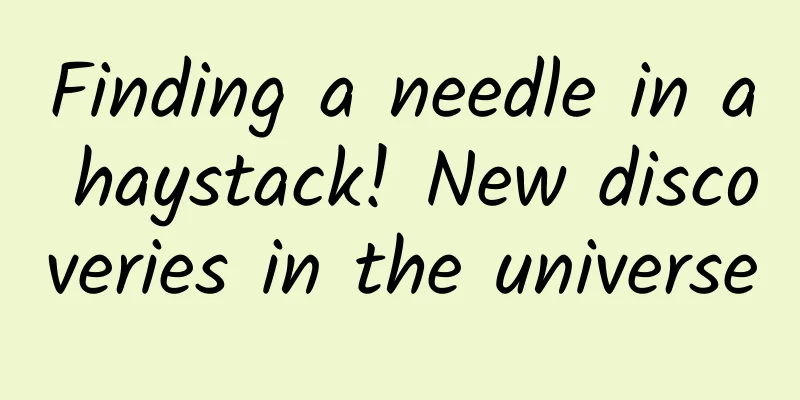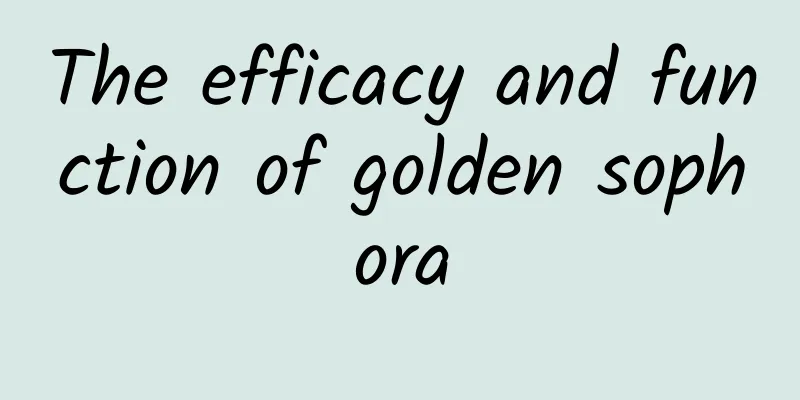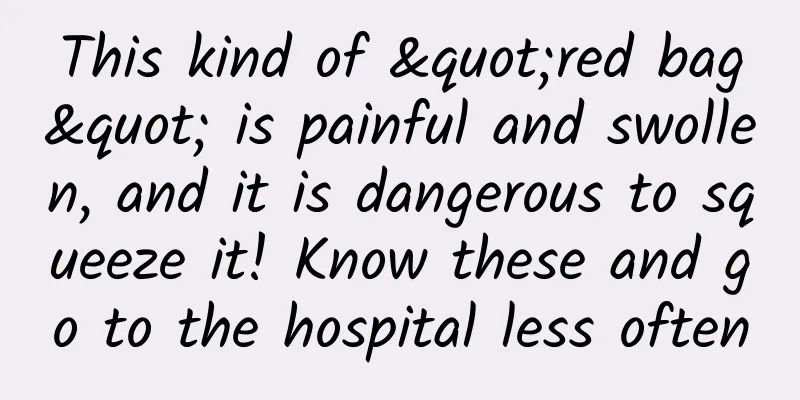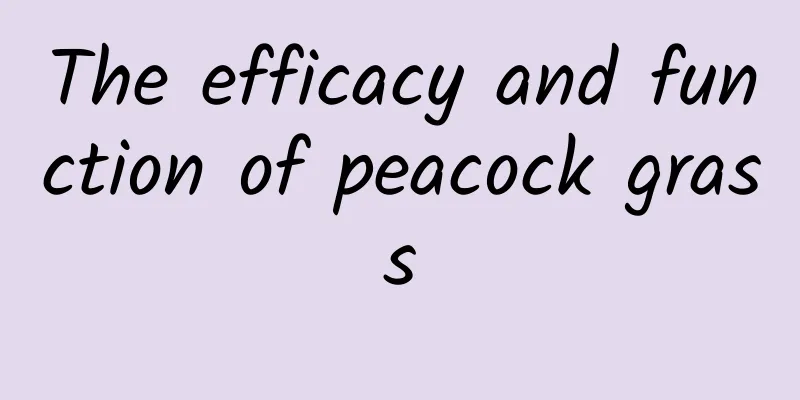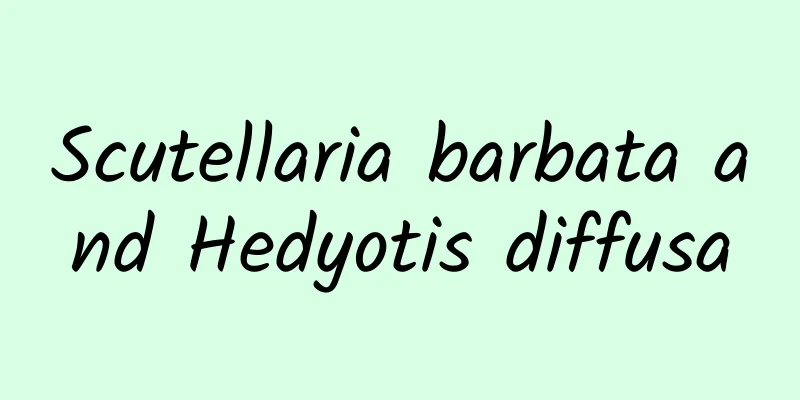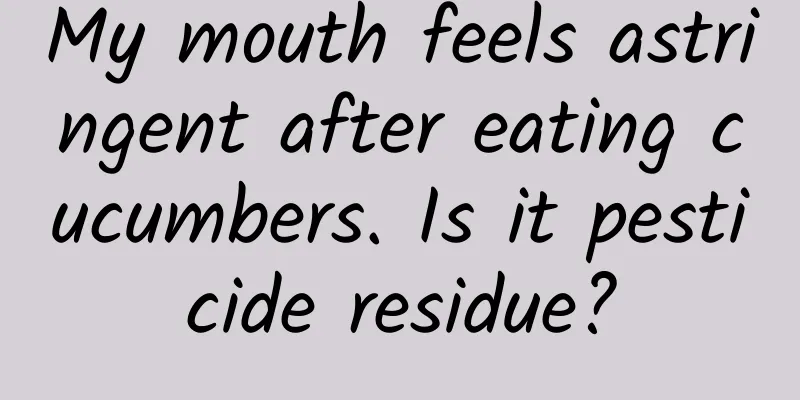What are the 18 contraindications of traditional Chinese medicine?
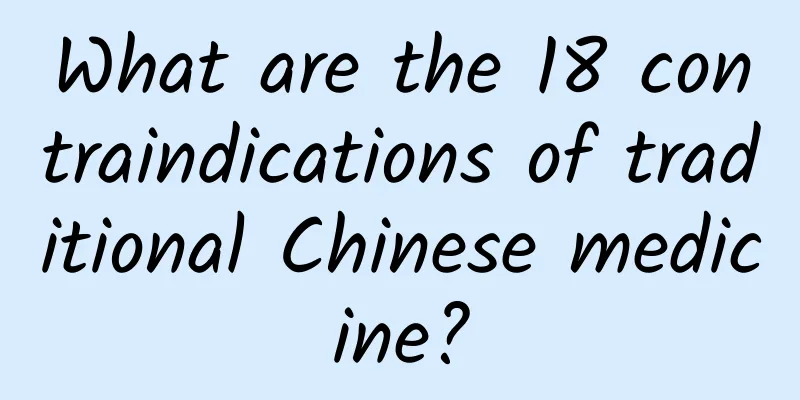
|
With the increasing pollution of air and water, many middle-aged and elderly people have suffered from chronic diseases. In the treatment of chronic diseases, many people are afraid of taking western medicine for a long time, which will produce toxins and drug resistance in their bodies. Chinese medicine conditioning is a problem that everyone is very concerned about. However, some foods that are incompatible with Chinese medicine are probably not very clear to everyone! So what are the 18 taboos of Chinese medicine? The past and present of the Eighteen Anti-Rebellions Zhang Zihe, who compiled this verse, was not the first creator. There were others who proposed the "Eighteen Anti-Reactions" before him. Since the "Shennong Bencao Jing" in the late Eastern Han Dynasty proposed the seven emotions and combinations of medicines, there have been distinctions between single medicines, mutual dependence, mutual use, mutual fear, mutual hatred, opposite medicines, and mutual killing medicines; in the Liang Dynasty, Tao Hongjing's "Bencao Jing Jizhu" proposed for the first time that licorice is opposite to euphorbia, gelsemium elegans, seaweed and genkwa, Aconitum carmichaelii is opposite to Pinellia ternata, Trichosanthes kirilowii, Fritillaria thunbergii, Smilax glabra and Bletilla striata, and Veratrum is opposite to ginseng, Adenophora scutellaria, Salvia miltiorrhiza, Sophora flavescens, Scrophularia ningpoensis, Asarum and Paeonia lactiflora. It can be seen that this is almost the same as the content of Zhang Congzhen's later rhyme. The name of "Eighteen Antidotes" and its later use came from "Shu Materia Medica" written by Han Baosheng of the Later Shu Dynasty in the Five Dynasties. In this book, he made a statistical analysis of the compatibility of herbs in Shennong's Herbal Classic: "365 kinds, 71 kinds of single herbs... 60 kinds of herbs that are mutually incompatible, and 18 kinds of herbs that are opposite to each other." After that, the Eighteen Counter-Recipients Rhyme appeared in Zhang Zihe's "Ru Men Shi Qin"; later, Wang Huaiyin of the Northern Song Dynasty, Du Wenxie and Li Shizhen of the Ming Dynasty, Wang Ang of the Qing Dynasty also included and recorded opposite medicines including the Eighteen Counter-Recipients. To this day, the contents of the Eighteen Antidotes are still recorded in every current edition of the Pharmacopoeia, and they have certain legal effects. Ancient and modern applications of anti-drugs Strangely enough, along with the warnings about the Eighteen Antidotes, what has been passed down are the effective prescriptions used by doctors of all generations to treat various serious and critical illnesses using the Eighteen Antidotes. In the "Golden Chamber", Gan Sui Ban Xia Tang uses Gan Sui and Gan Cao together to treat retention of fluid; Chi Wan uses Wu Tou and Ban Xia together to treat cold qi reversal; In the "Qian Jin Yi Fang" Da Pai Feng San and Da Kuan Xiang Wan, Aconitum is combined with Ban, Trichosanthes, Betel, Ji, and Shi. Tongqisan in Jingyuequanshu uses Veratrum and Scrophularia to treat severe swelling and sore throat; Zhu Danxi used 24-flavor lotus heart powder to treat tuberculosis, using licorice and genkwa together; Even Zhang Zihe himself used seaweed and licorice in his Tongqi pills... The report "Theoretical Basic Research on TCM Combination Taboos Based on Eighteen Antidotes" of the National "973" Program of Traditional Chinese Medicine Theory undertaken by Nanjing University of Chinese Medicine in 2010 showed that in the more than 1,000 years since the prescription literature was written, there were 234 prescriptions using drugs opposite to licorice, 1,106 prescriptions opposite to aconite, and 99 prescriptions opposite to Veratrum. Due to limited space, I will briefly introduce above some daily foods that are incompatible with traditional Chinese medicine. I hope that after reading this, you can keep them in mind and correct some of our incorrect dietary structures in the past in a timely manner. Of course, I would like to emphasize that although the toxic side effects of traditional Chinese medicine are relatively small, they are not 100% free of toxic side effects. Therefore, if you want to regulate your body through traditional Chinese medicine, you also need to seek scientific guidance from professionals. |
<<: What are the traditional Chinese medicine preparations?
>>: What are the effects of Chuanxiong in Chinese medicine?
Recommend
The efficacy and eating methods of Jidoumi
Each type of food has different nutritional value...
Can Morinda officinalis nourish the kidney?
For men, the importance of kidney tonification is...
The efficacy and function of spiny coriander
Since Chinese medicine has fewer side effects, mo...
Jitu Financial Report: Jitu's total revenue for the full year of 2023 is US$8.849 billion, a year-on-year increase of approximately 22%
The golden age of the express delivery industry i...
The Dragon Boat Festival has passed, but the story of "Ai" continues~
Editor’s Note: With the arrival of the Dragon Boa...
Are you aware of the risks of exposure to nail lamps if you love doing manicures?
The Spring Festival is here, and many beauty-lovi...
[Smart Farmers] Don’t panic when typhoons hit your vegetable fields! See how to reduce and remedy the situation
[Smart Farmers] Don’t panic when typhoons hit you...
The efficacy and function of guava seeds
Guava seeds have a long history, and until now, g...
The efficacy and function of duck feet yellow edge
The environment is now seriously deteriorating an...
Jules Verne's novel predicted air warfare half a century in advance
Editor's Note Military science fiction has a ...
The efficacy and function of Ussuri Scutellariae
The occurrence of diseases requires the improveme...
The Mystery of the Pleiades Star Cluster: The Pleiades Nebula
Author | Wang Siliang Review | Zheng Chengzhuo Ed...
The "nightmare" of many historical celebrities, this ancient infectious disease is still an "assassin" threatening human health
Pulmonary tuberculosis, commonly known as "p...
Pest: How can eating expose my ID number? !
Spring has come, and farmers have started their s...
The efficacy and function of the chicken
The bent-headed chicken has the effects of reliev...
